Photography is one of the best ways to document anything and everything that is happening around us and can be very effective and powerful if done well. Photography is an art where you capture light with a camera and this can be a camera that you have with you right now. Once you know the requirements and the elements that contribute to making a good photograph, you will be able to find the right frame and make use of the other factors to capture photographs that are visually appealing and/or can tell a story.
In order to take effective photographs, you need to learn the basics, so you can use it creatively to tell the story you intend to or have visualized. With so much information available online, it can be quite confusing for beginners to search and find the relevant information or what information to look for. In order to minimize that struggle, we have put together some good tutorials on photography basics that you can go through for a start and later elaborate on specific topics when you need to.
1. Essential Photography Equipment For Beginners
When starting out in photography, you do not need to start with the most expensive gear but with something more basic so you can easily learn and understand the controls before jumping onto the more advanced gear. You could even start with the smartphone, but it is always advisable to learn manual controls, so you know how to control exposure and other settings to suit your creative vision.
If you are a beginner who is looking to take photography seriously or are taking that huge leap from a smartphone or a basic point and shoot camera, then this tutorial from Photo Workout will help you with some essential gear you may require that will take you a long way into creative photography.
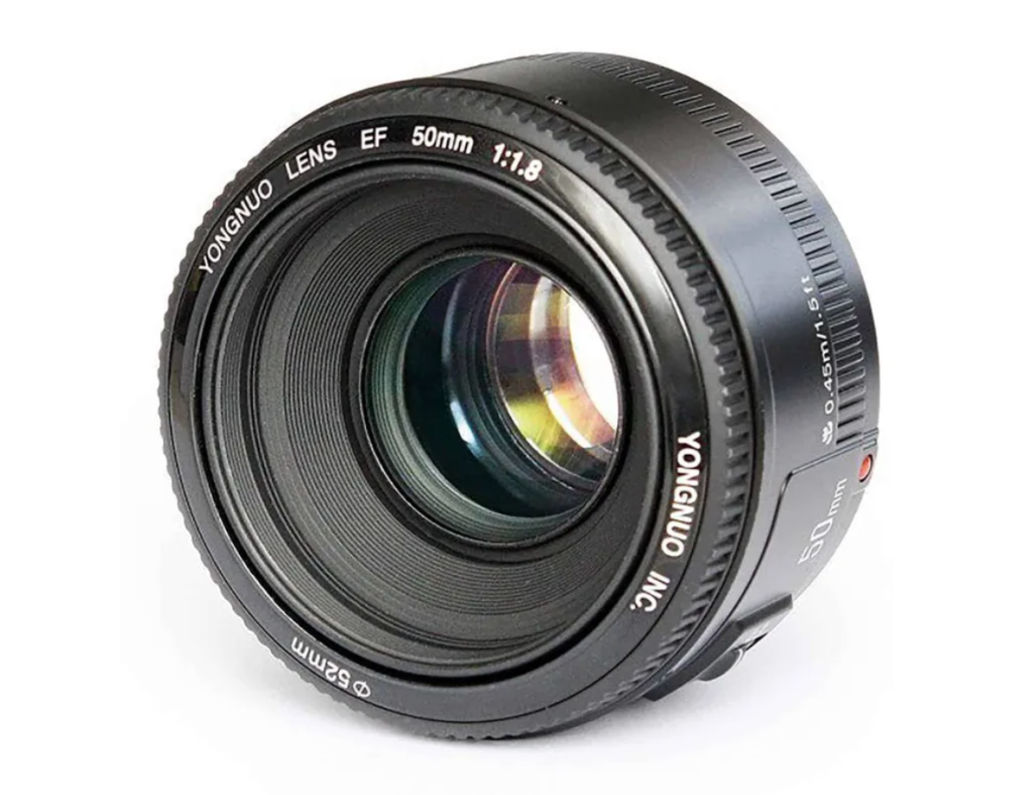
2. Exposure Triangle – Understanding ISO, Shutter Speed and Aperture
Having the right exposure is of prime importance in photography because there are times when lost details in shadow and highlight areas can become almost irretrievable. The main elements that affect exposure in a photograph are aperture, shutter speed, iso, and these need to be in balance to get the exposure right. The exposure triangle is a term used to describe the relationship between aperture, shutter speed, and iso and how these work together for good exposure in a photograph.
Having a good understanding of aperture, shutter speed and iso can help photographers take full control of any light situation and manually control the camera to get the exposure right. This beginner's guide will give beginners a solid understanding of aperture, shutter speed, and iso.
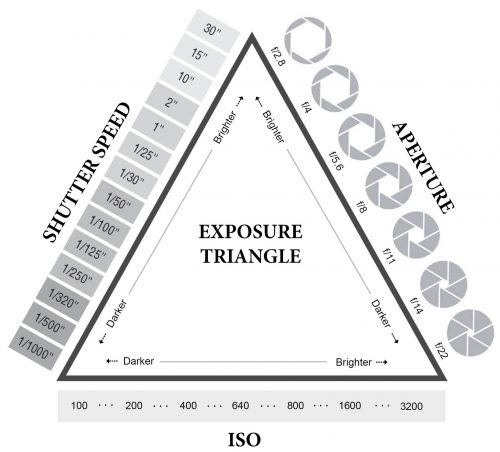
3. Understanding Light
Photography is an art where you paint with light and hence, light is the most basic element for photography – without light, there is no photography. Light for photography can be either natural or artificial, but in order to use light in photography, you need to understand the basics qualities of light and how light works.
In order to create quality photographs that stand out from the crowd, one needs to understand light in order to effectively use it in photography. This tutorial from Digital Photo Secrets goes into all the basics of what you need to know about light like, types, characteristics, color temperature, direction, intensity, and properties of light.
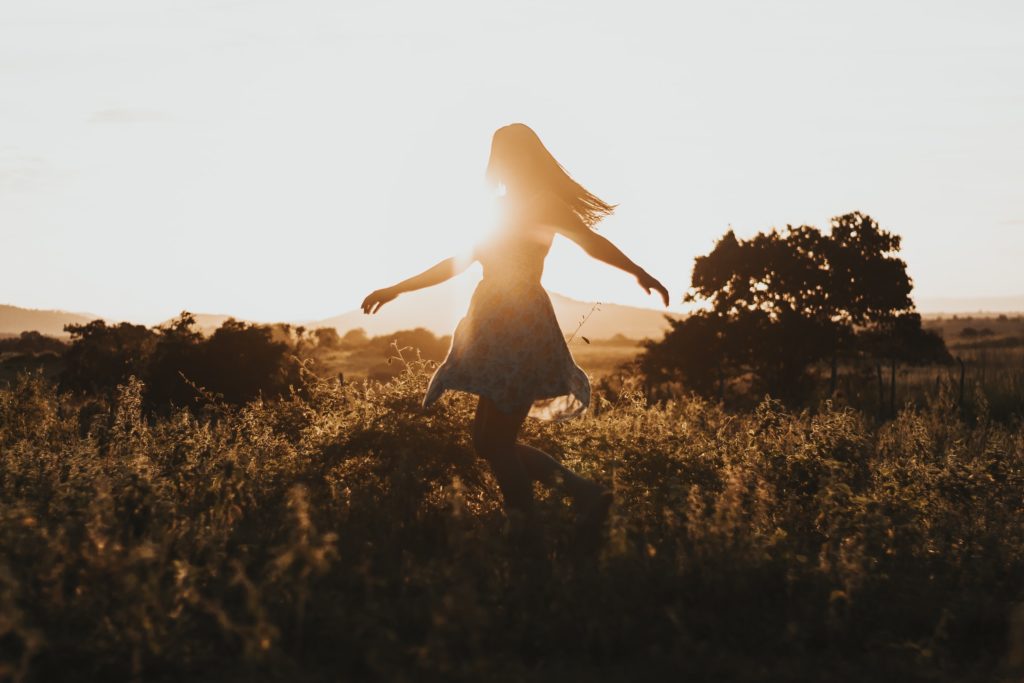
4. Understand Focal Length In 5 Minutes
When you start photographing, one factor that keeps repeatedly coming up is the right focal length to use for each genre of photography. It does not mean that you need to stick to one particular focal length for a particular genre, but it depends on what you intend to capture in the scene or frame that is right in front of you and the purpose. Depending on your artistic vision, you may want to shoot a landscape with a very wide-angle lens or a longer focal length.
In order to make the right choice of focal length for a given situation, you need to have a better understanding of lens focal lengths. This tutorial by Improve Photography gives you a quick understanding of focal length in about five minutes.
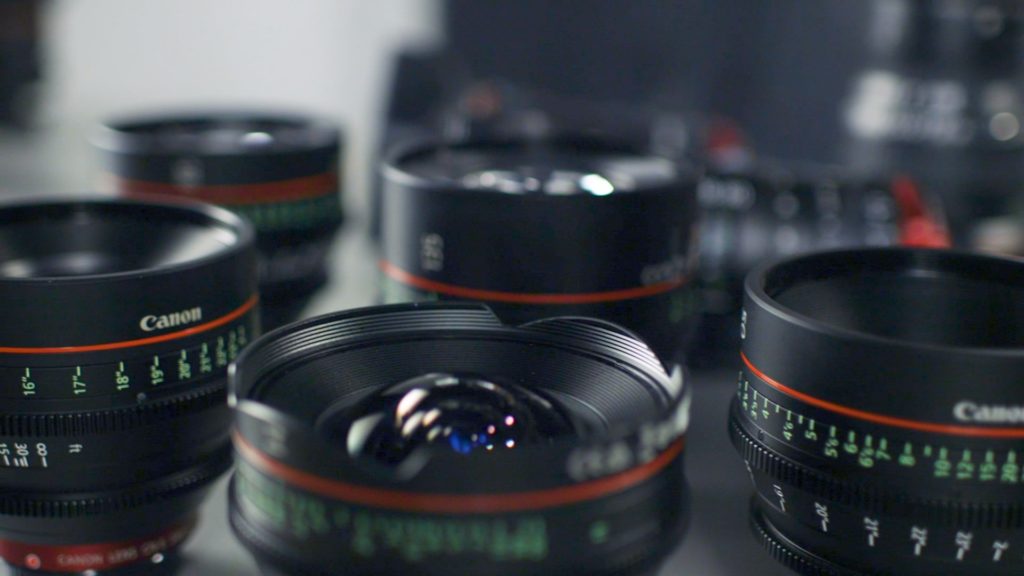
5. Best Composition Rules In Photography
Once you know the basics of photography like gear, exposure, light, focal length, etc., and you start capturing photographs, you need to capture powerful photographs to keep the viewers engaged, rather than click snapshots that would make the viewers glance and move on. To create powerful photographs, the subject and the elements in the frame need to be arranged in a way that can keep the viewers engaged.
In order to create compelling photographs, one needs to know the basic compositional rules or guidelines as we like to call them, so you can use them or a combination of those in your photographs when composing the frame. This tutorial by Capture The Atlas provides some of the best compositional rules in photography that you can use to create captivating photographs.
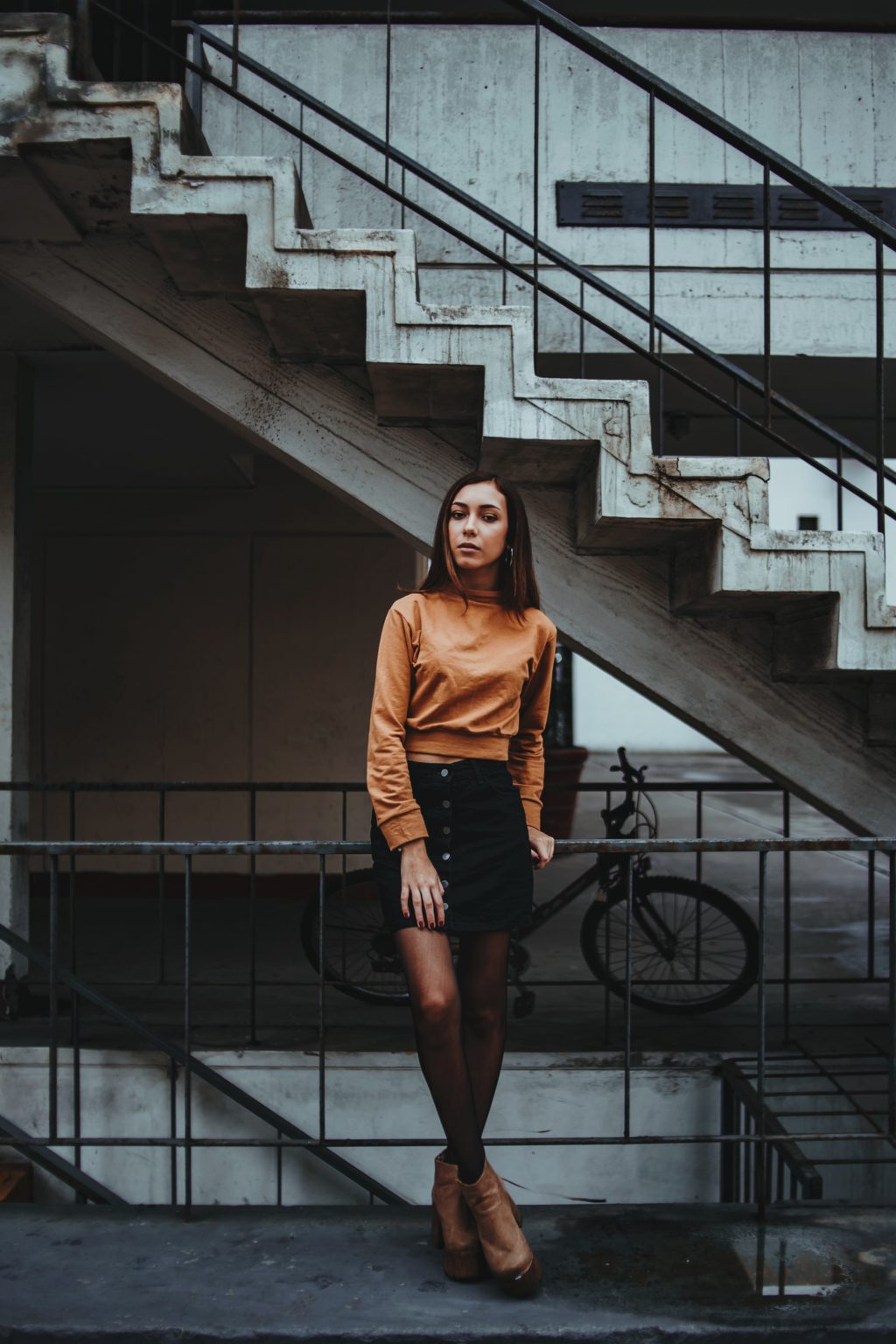
6. 8 Reasons Why Your Photos Are Blurry
Blurry photos can be a very common issue when you are just starting with photography. You may be focusing right, holding the camera steady, the light may be perfect, but still may be seeing soft images that are not so sharp. Blurry images can be due to many reasons and you may want to look through various factors to find the one that is causing blurry images for you unless it is intentional.
Modern cameras and lenses are getting better at autofocus and can help take sharp images in many situations. You will need to ask yourself a few questions to help you diagnose the reason for blurry photos and this tutorial by Photography Course goes through eight reasons why your photos are blurry.
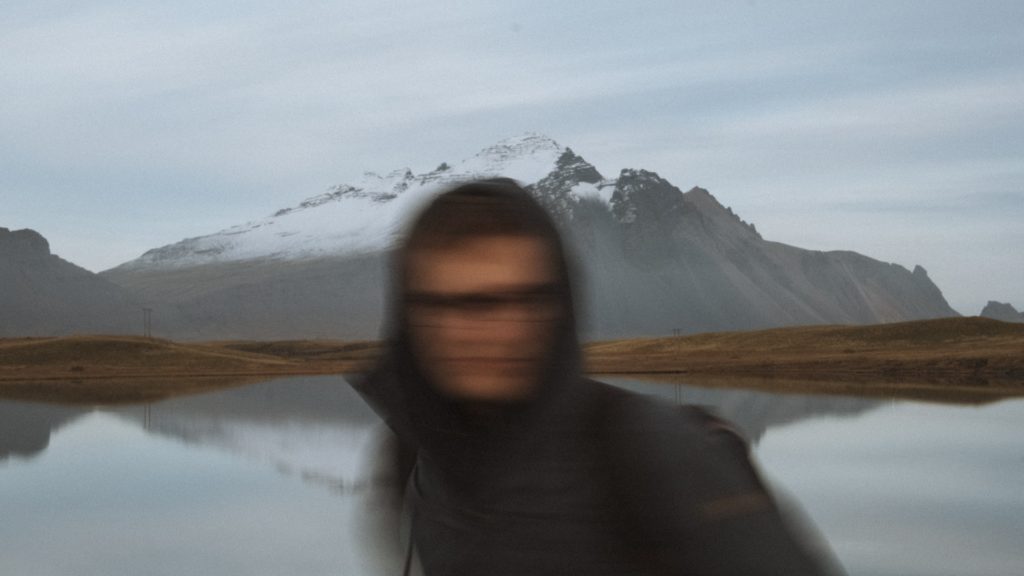
7. How to Read And Use Histograms
The histogram is one of the most useful tools in a camera that helps to evaluate proper exposure. It is a graphical representation of the tonal values in your images and is an almost accurate guide to exposure. It shows the number of tones and pixels for a particular exposure.
In order to have a good variety of tones in the image, the histogram needs to be almost bell-shaped, but it also depends on the type of lighting, tones in the scene, and other factors in a photograph. This tutorial by Digital Photography School explains how to read a histogram and how to use it to your advantage to get the best exposure.
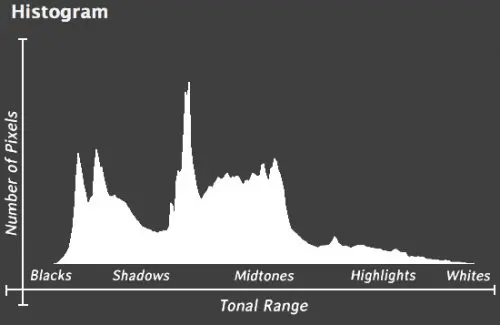
8. Photo Editing Basics
Many beginners are quite unsure if they should be editing their photos. The answer is, yes, you should shoot raw and make basic adjustments to your photographs to give them pop and a more natural look. Editing or post-processing applications can be daunting at first, but once you get the basics right and understand what you are doing and why you are doing it, it can be really fun and you can edit a photo in a matter of few seconds or two minutes.
You do not need expensive and complicated editing software for basic editing. Choose one that is free, learn the basics and when you think you need to do more with your images, you can explore more advanced software. This tutorial by REI goes through some of the basics you need to get right when editing a photo.
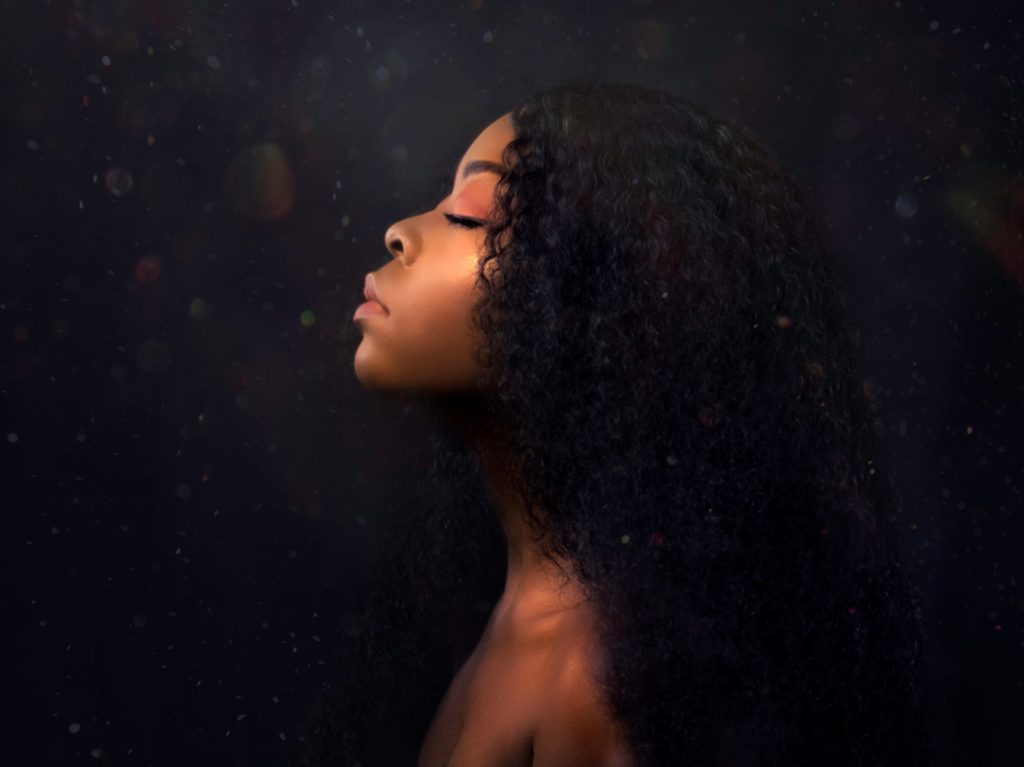
9. 9 Beginner Photography Mistakes And Tips For How To Avoid Them
We all make mistakes when learning and as beginners, we tend to miss out or forget a lot of those little details that can lead to ruining a shot or sometimes even an entire session. Beginner photographers tend to make a lot of mistakes that can be easily avoided with some prior knowledge.
It is not bad to make mistakes, but learning from them and avoiding these mistakes in the future is very crucial. This tutorial from Digital Photo Mentor discusses some beginner photography mistakes in detail and how to avoid them.

Getting badly exposed or composed photographs can be really frustrating. It is good to learn from the mistakes and we hope that these tutorials will help you get started with photography or with improving your photography and keep your creativity flowing.
Further Reading
- This is Why Knowing the Exposure Triangle Will Make You a Better Photographer
- A Guide To Reciprocity In Photography
- 5 Quick and Simple Lightroom Edits to make your Images Pop
- Bite Size Tips: How to Get the Perfect Exposure with a Histogram
- 5 Typical Composition Mistakes That Crush The Effectiveness of Your Images
- 5 Common Image Editing Mistakes And How To Avoid Them

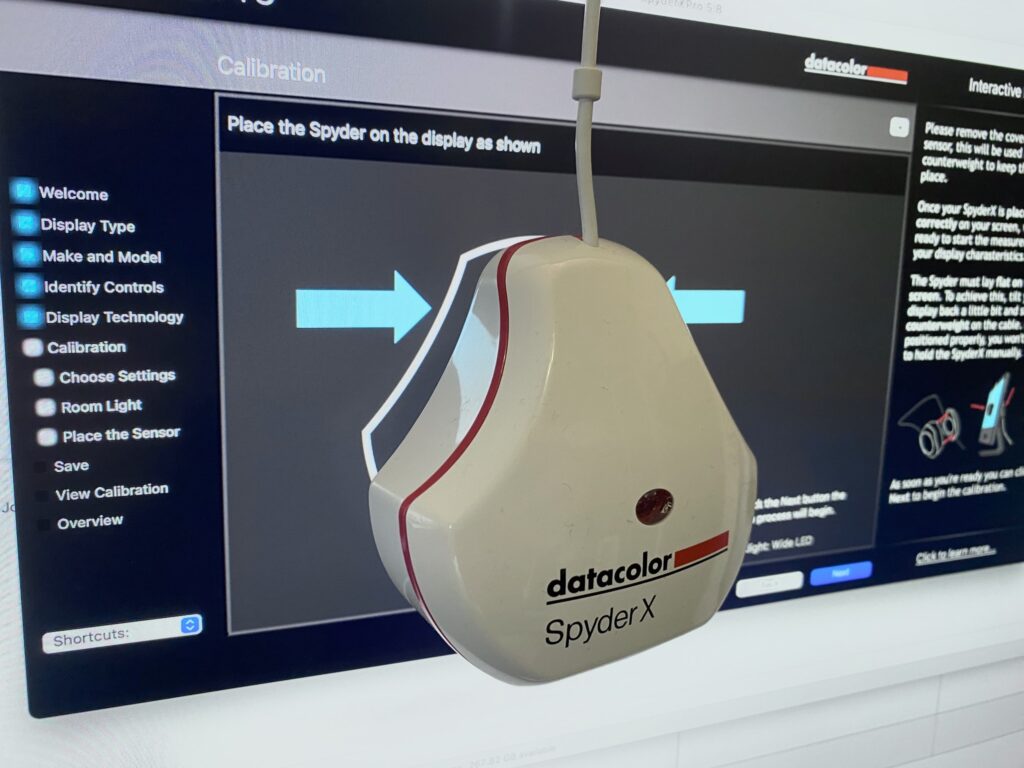
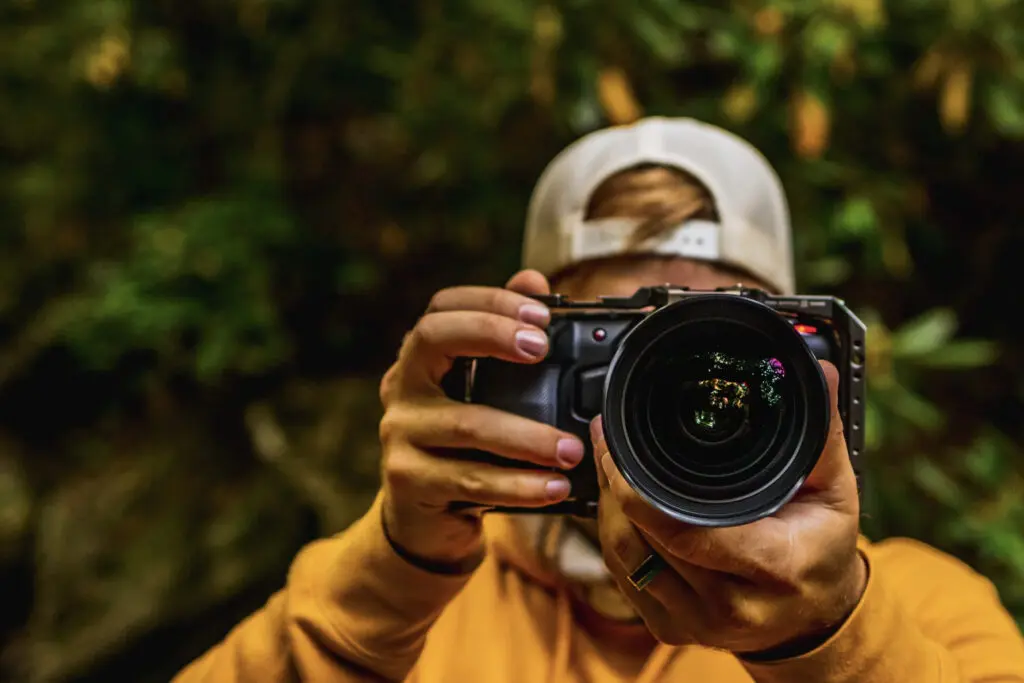
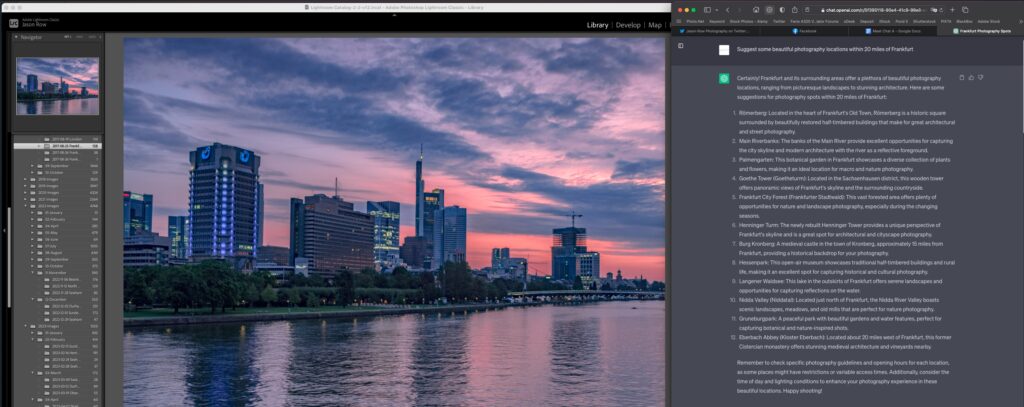
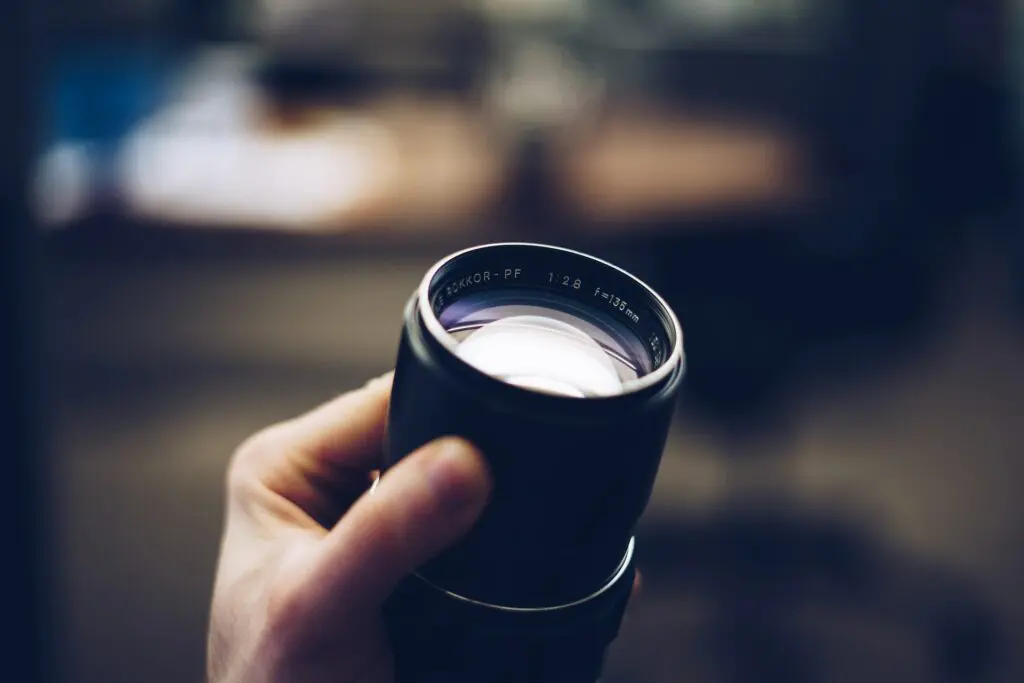
1 Comment
Great article, most people are put off getting into photo editing because of the price of the software. I stumbled upon Affinity Photo, it is as good as photoshop, but is really cheap, in the region of $40